القوائم هي تمثيل بصري لعنصر واحد أو أكثر مرتبط ببعضه. ويتم استخدامها عادةً لعرض مجموعة من الخيارات.
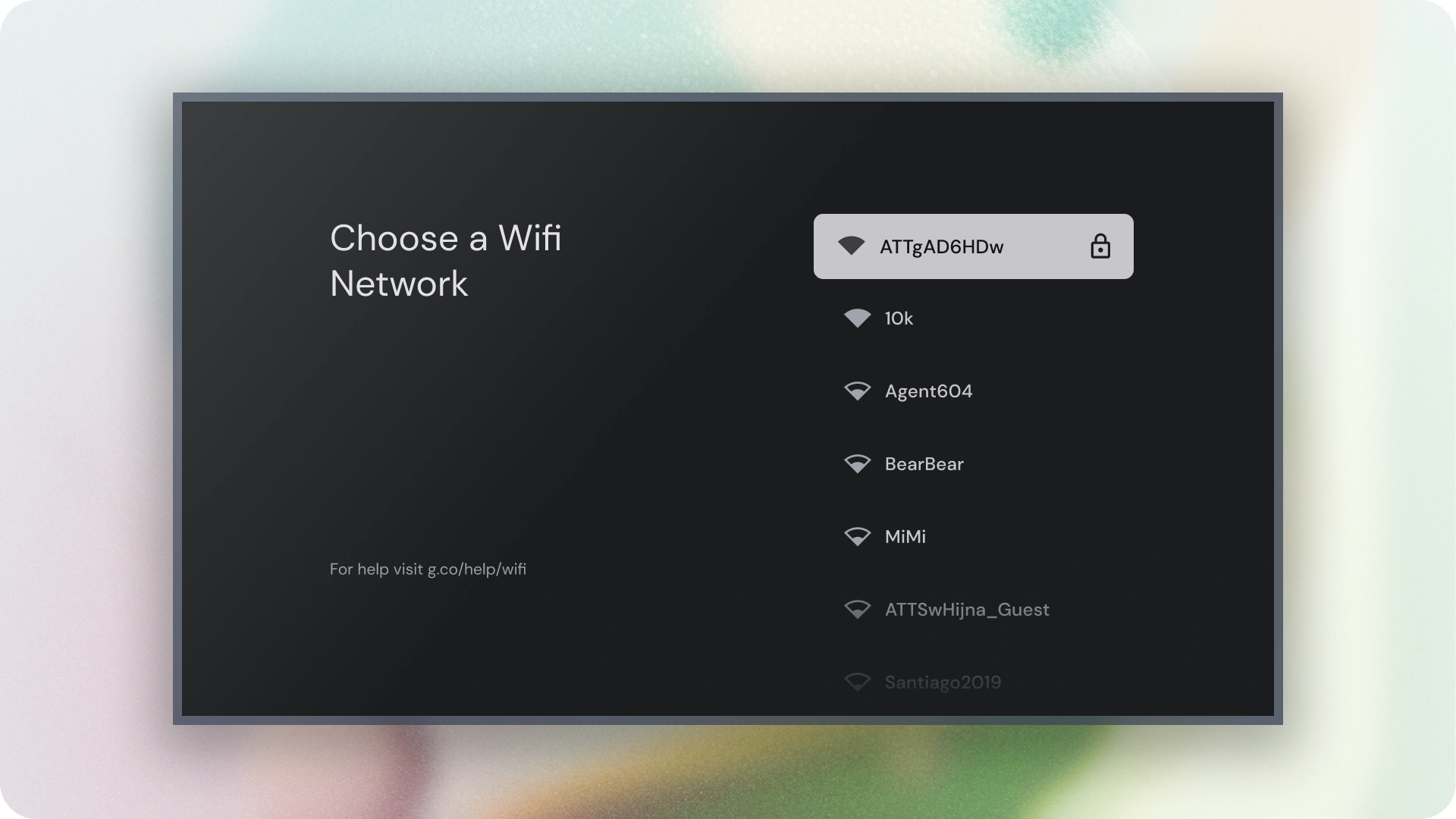
المراجع
| النوع | رابط | الحالة |
|---|---|---|
| التصميم | مصدر التصميم (Figma) | متاح |
| التنفيذ | Jetpack Compose | متاح |
أهم التفاصيل
- القوائم هي مجموعة مستمرة من النصوص أو الصور.
- يجب أن تبدو القوائم طبيعية وأن تكون قابلة للمعاينة.
- تتألف القوائم من عناصر تحتوي على إجراءات أساسية وتكميلية يتم تمثيلها بالأيقونات والنصوص.
المتغيرات
هناك ثلاثة أنواع من القوائم: قائمة من سطر واحد وقائمة من سطرَين وقائمة من ثلاثة أسطر.
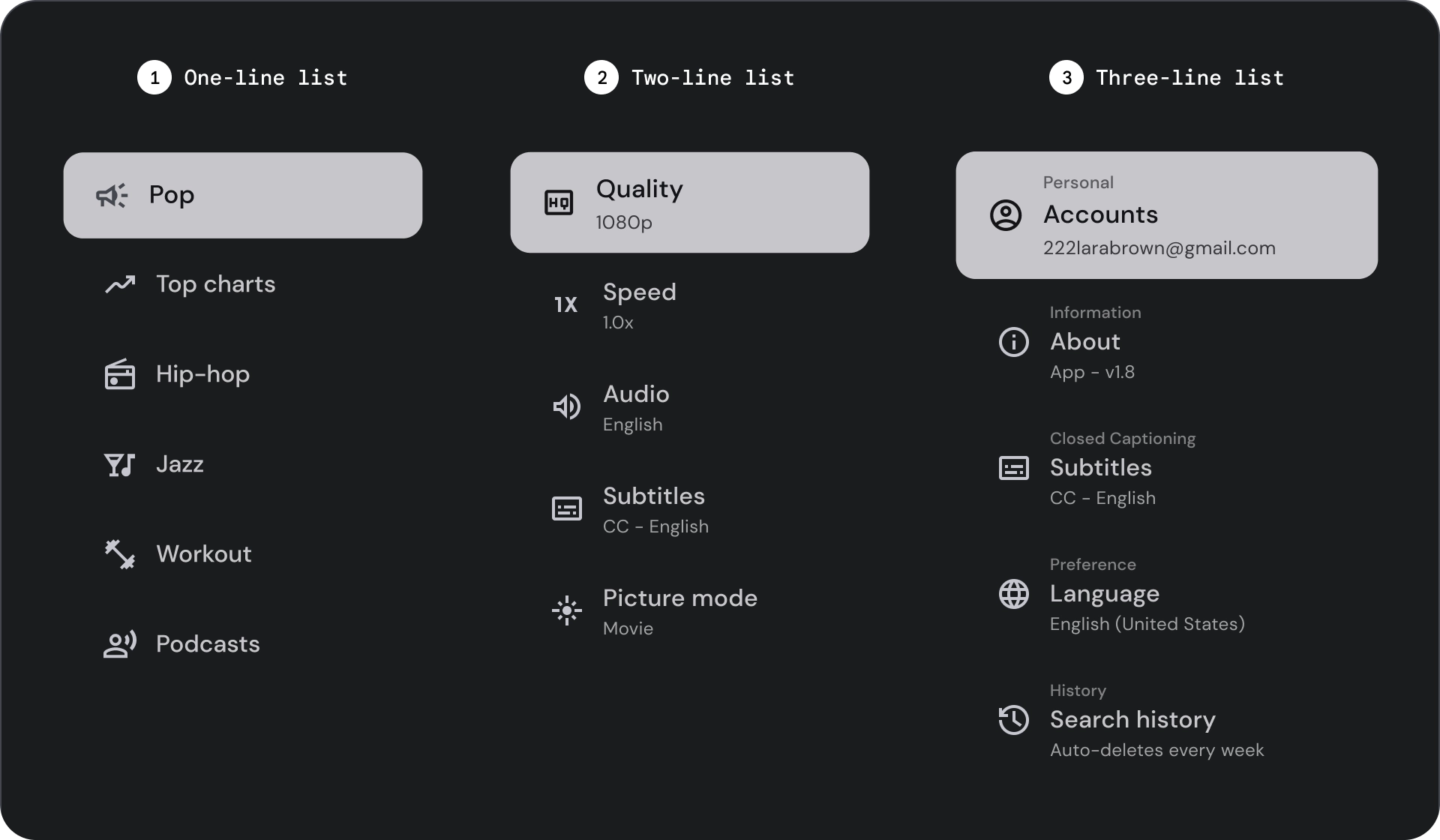
- قائمة من سطر واحد: سطر واحد للتواصل مع كل عنصر يضمن هذا التصميم البسيط أن يكون كل عنصر مختلفًا بوضوح عن الآخر.
- قائمة من سطرَين: تستخدِم سطرَين متوازيين للإشارة إلى كل عنصر. يضمن هذا التصميم المُنظَّم سهولة القراءة ويتجنّب التداخل العميق في المحتوى.
- قائمة من ثلاثة أسطر: تستخدِم ثلاثة أسطر متوازية لتمثيل كل عنصر. يُضفي هذا التصميم الزخرفي مستوىً عالٍ من الظهور المرئي.
علم التشريح

- الرمز: رسم صغير يمثّل عنصرًا أو إجراءً معيّنًا، وغالبًا ما يُستخدَم للتعبير بصريًا عن فكرة أو مفهوم.
- الخط العلوي: سطر قصير من النص يظهر فوق العنوان أو الترجمة المصاحبة، ويُستخدَم عادةً لتوفير سياق أو تأكيد إضافي.
- العنوان: سطر نص كبير وغامق يُستخدَم كعنوان رئيسي ل عنصر تصميم أو صفحة.
- العنوان الفرعي: سطر نص أصغر يقدّم معلومات إضافية أو سياقًا أسفل عنوان رئيسي.
- عنصر التحكّم: عنصر تفاعلي يسمح للمستخدم بإدخال قرار.
الولايات
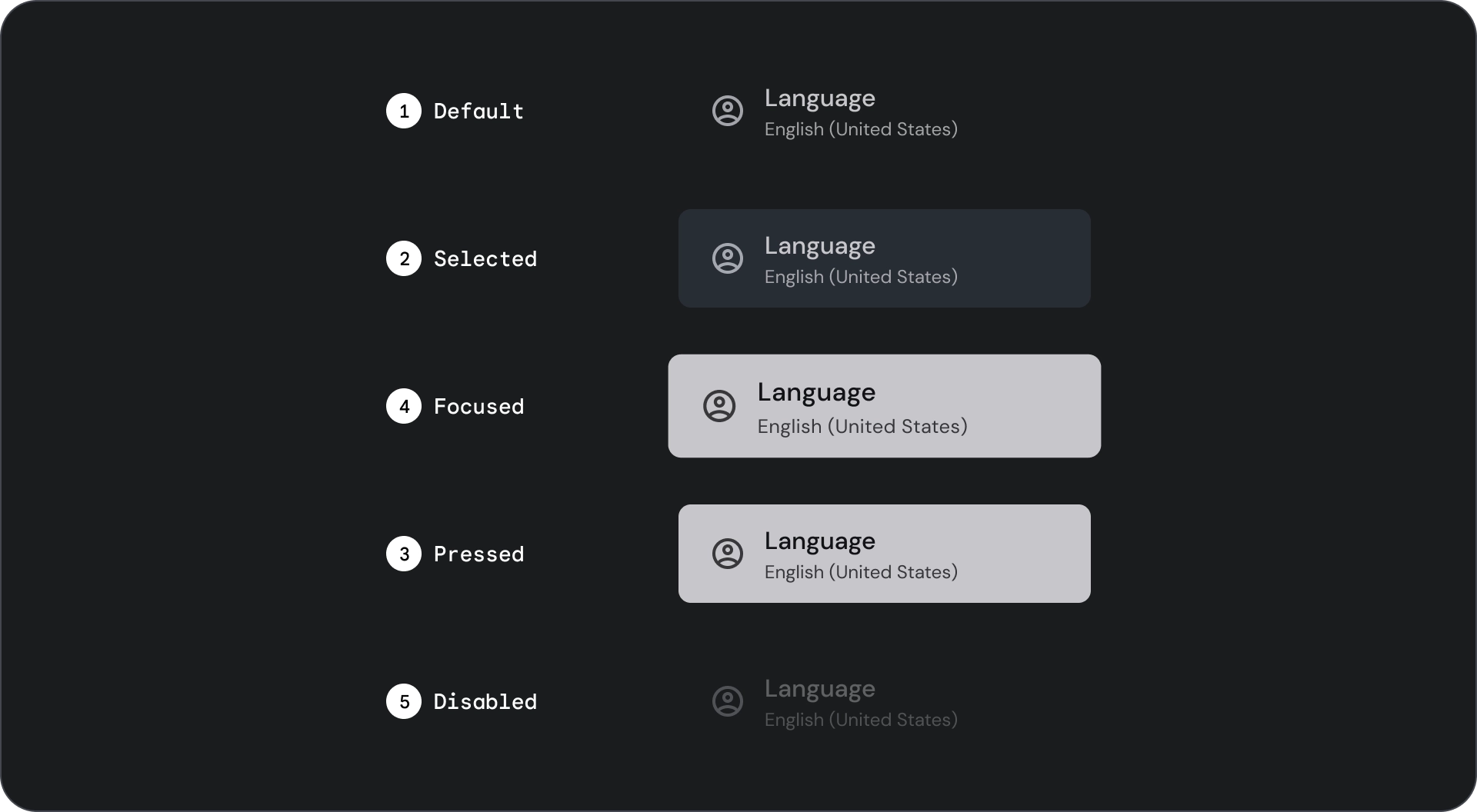
المواصفات

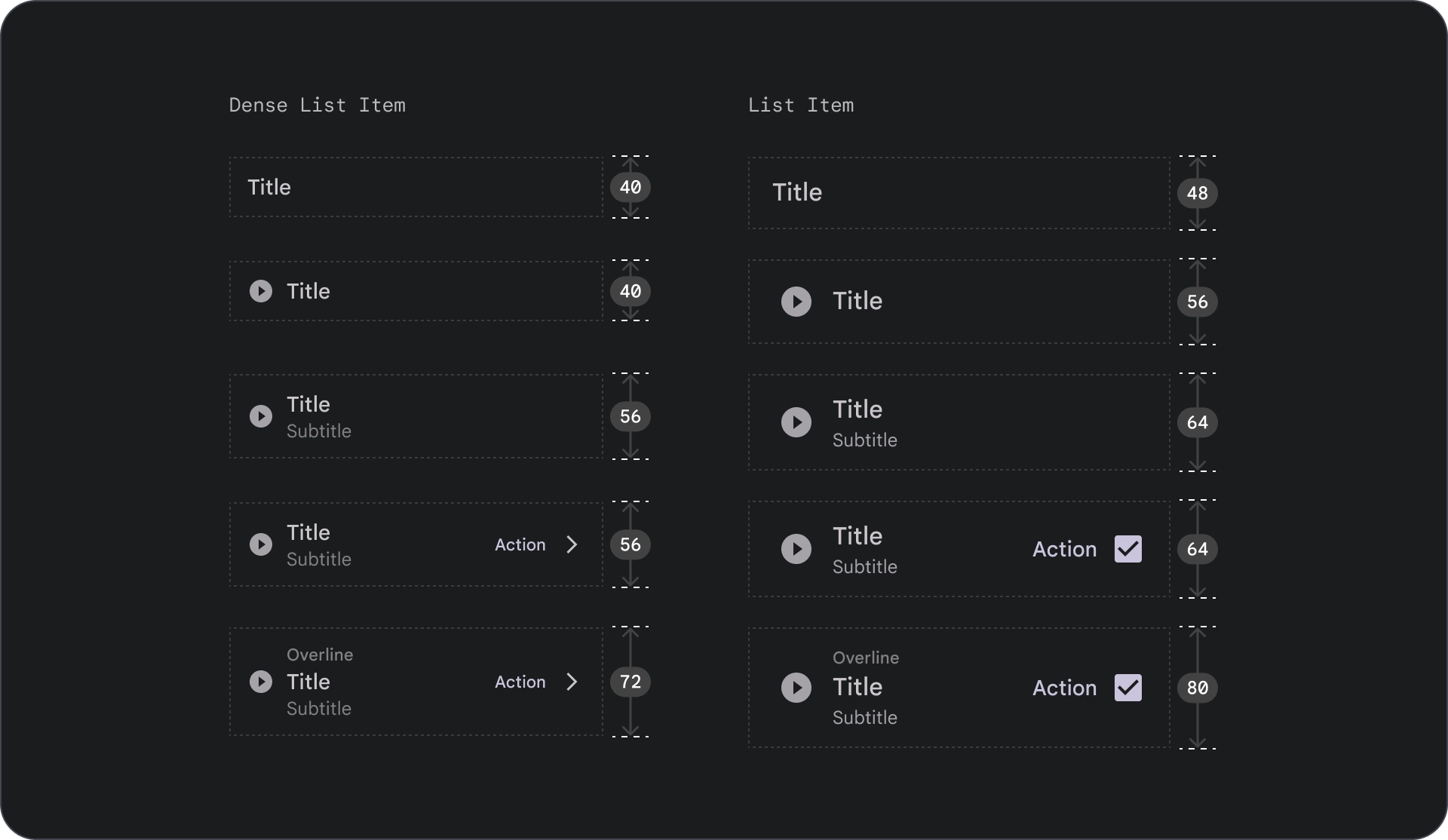
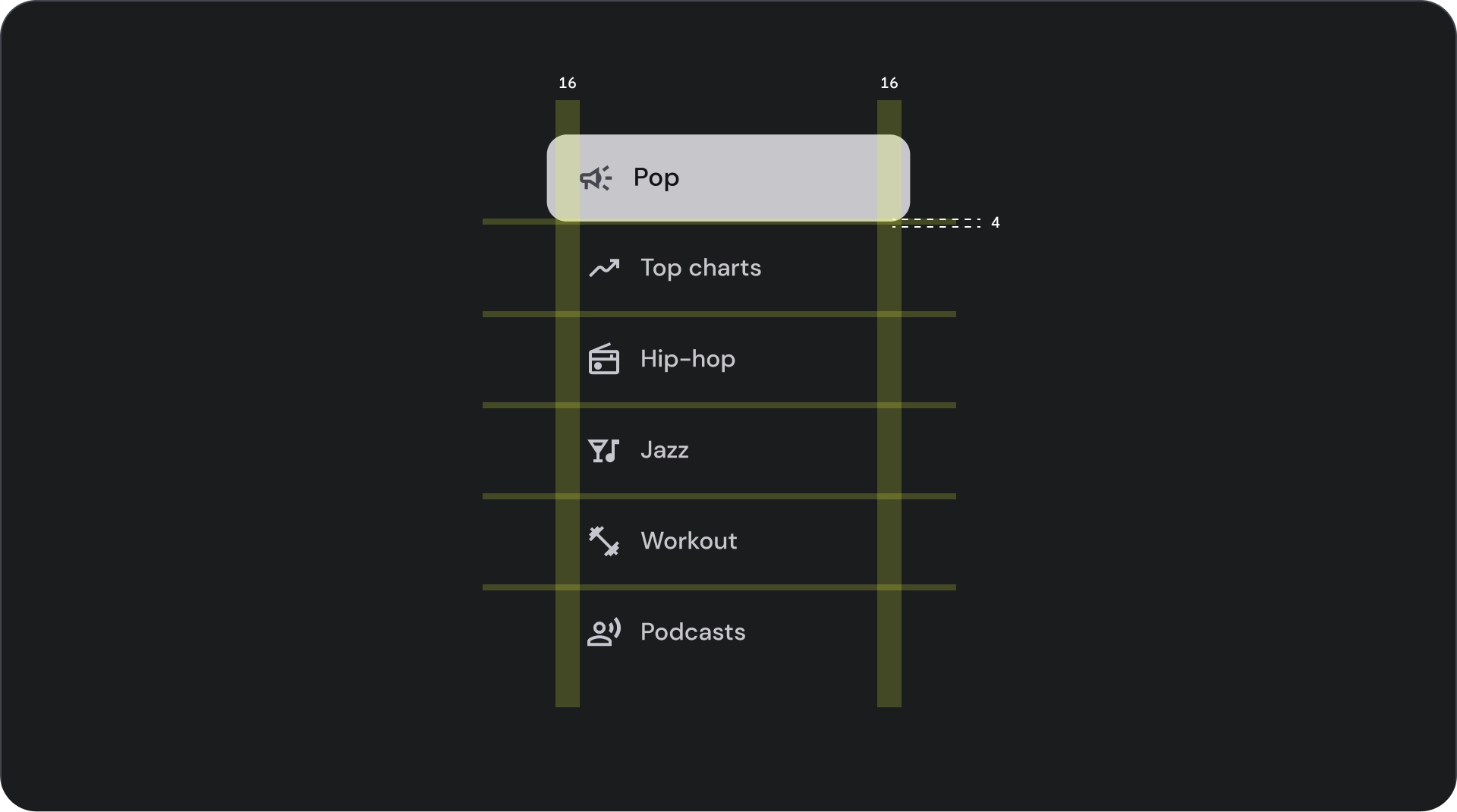
الاستخدام
القوائم هي مجموعات من النصوص والصور يتم تنظيمها عموديًا. تم تحسين القائمة لتسهيل فهم القراءة، وهي تتألف من عمود واحد متواصل من العناصر. يمكن أن تحتوي عناصر القائمة على إجراءات أساسية وتكميلية يتم تمثيلها بواسطة الرموز والنصوص.
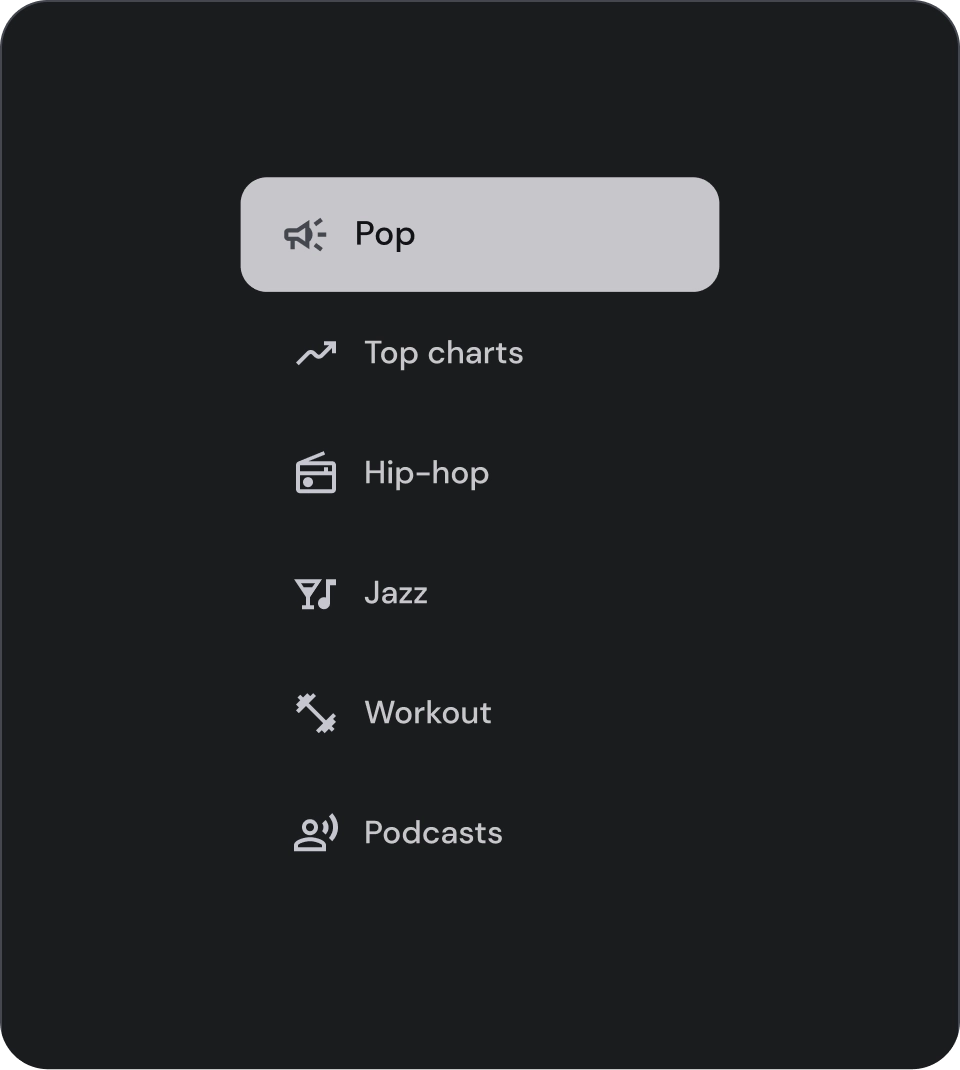
الإجراءات التي يُنصح بها

تنبيه
عناصر التحكّم في الاختيار
تتحكّم عناصر التحكّم في عرض المعلومات والإجراءات لعناصر القائمة. ويمكن محاذاة هذه العناصر مع الحافة الأمامية أو الخلفية لعنصر القائمة.
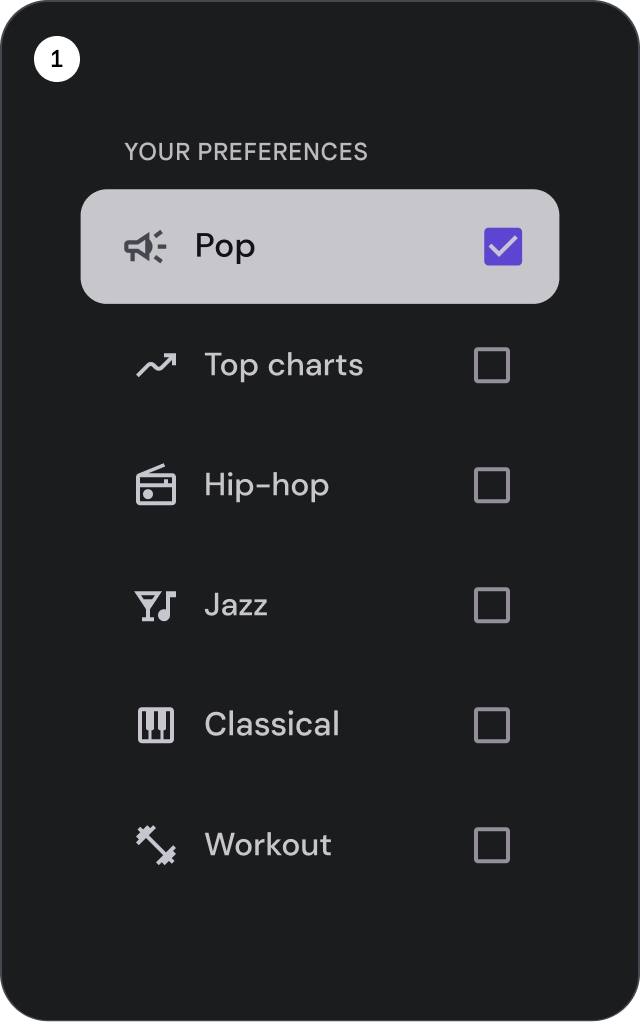
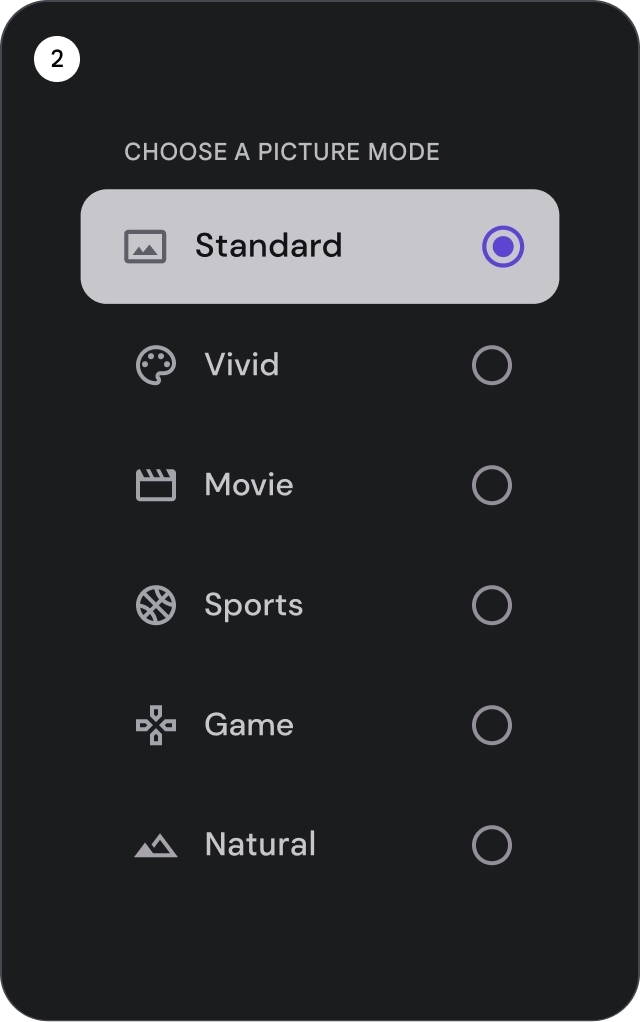
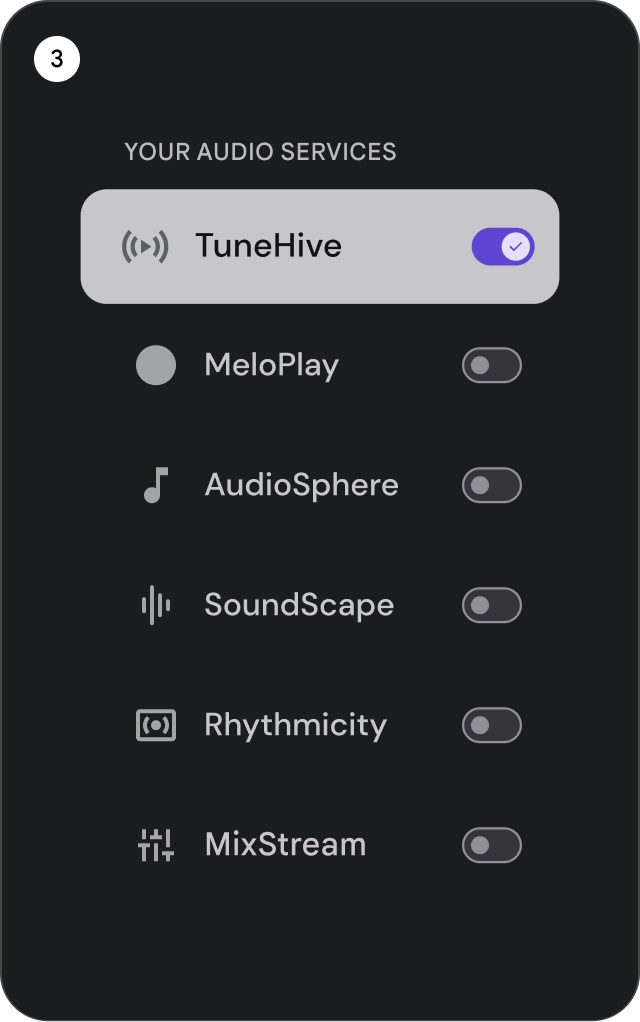
- مربّعات الاختيار: اختَر عنصرًا واحدًا أو أكثر من القائمة.
- أزرار الاختيار: اختَر عنصرًا واحدًا فقط في القائمة.
- مفاتيح التبديل: يمكنك تفعيل عنصر تحكّم أو إيقافه.
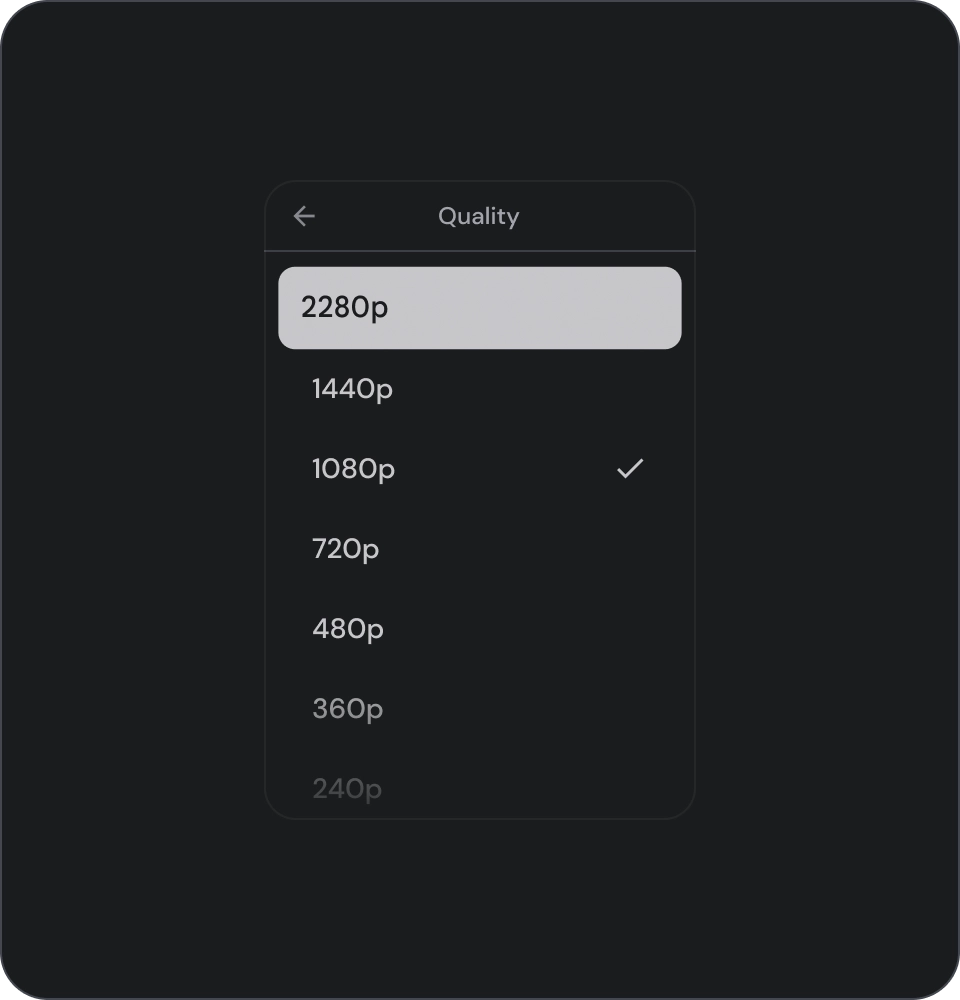
الإجراءات التي يُنصح بها
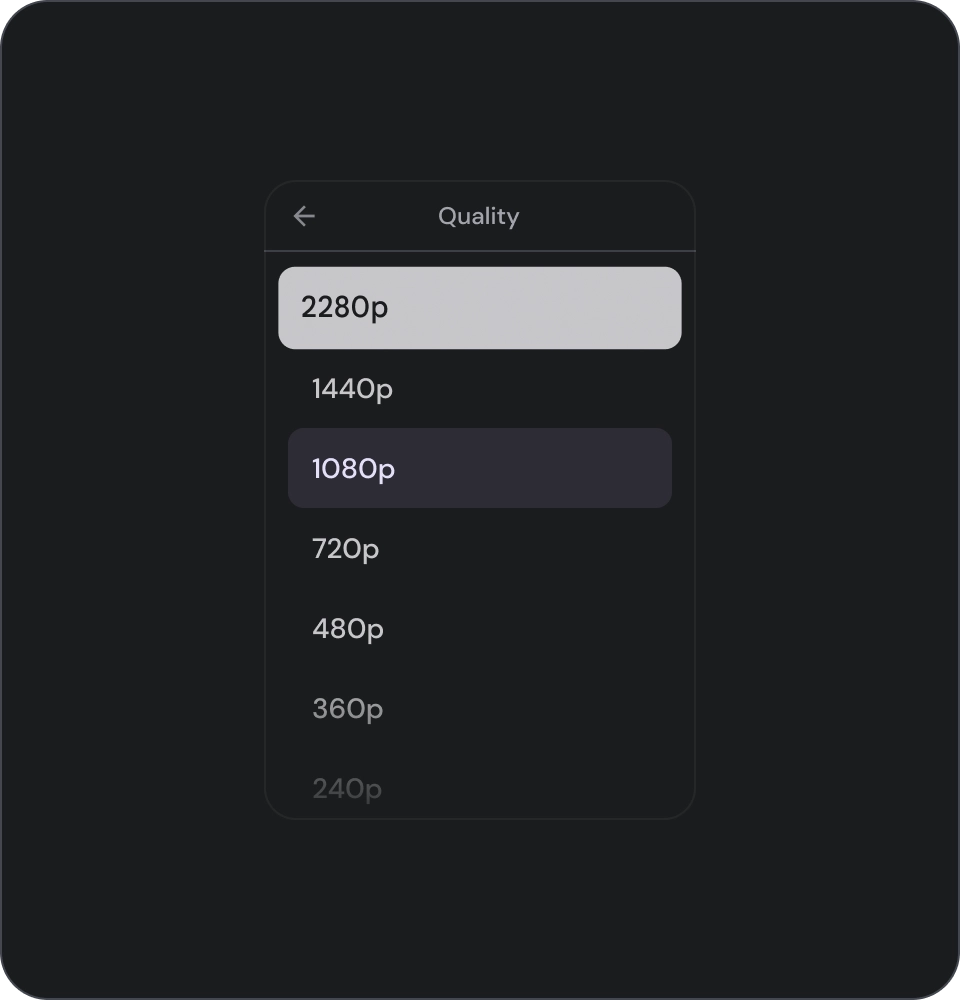
الإجراءات غير المُوصى بها
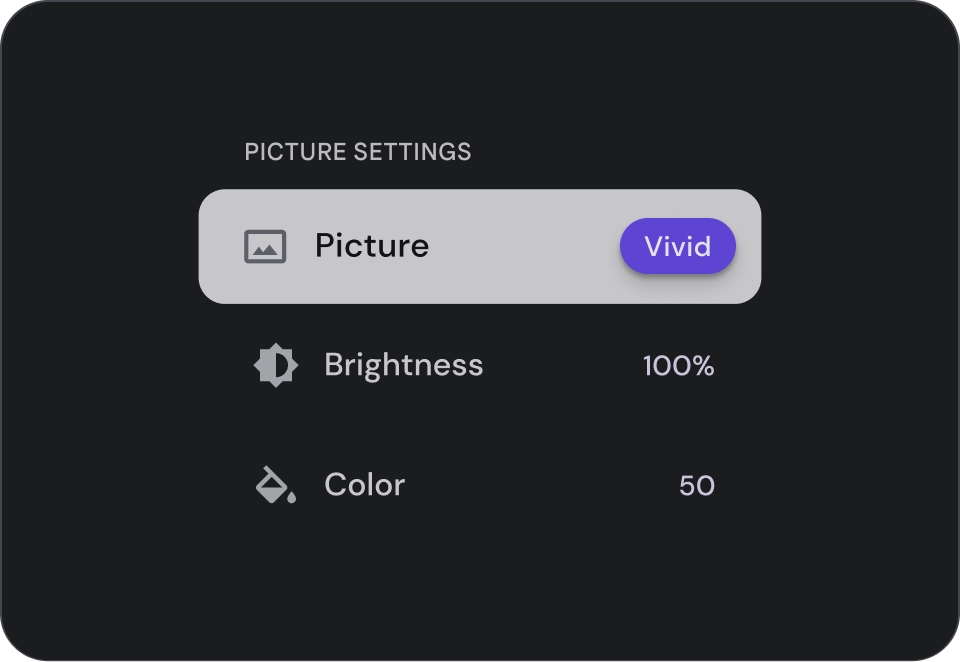
الإجراءات غير المُوصى بها
الرموز
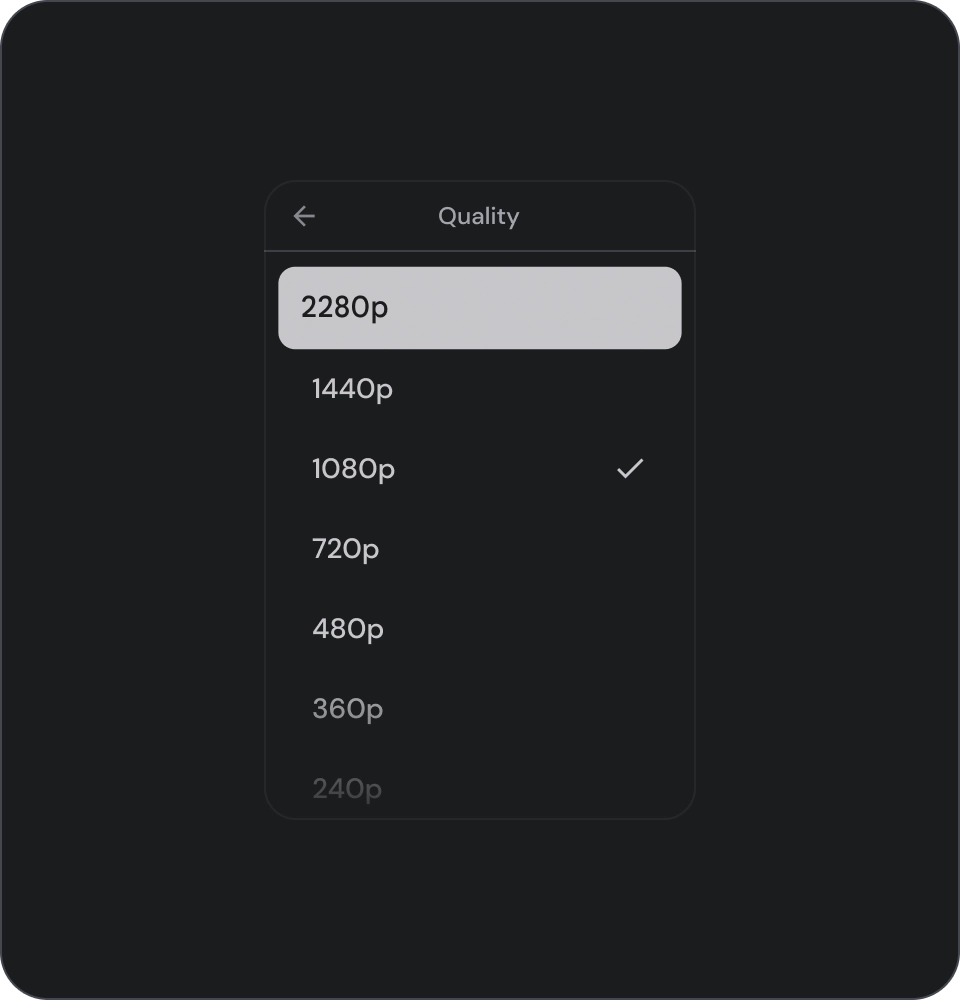
الإجراءات التي يُنصح بها
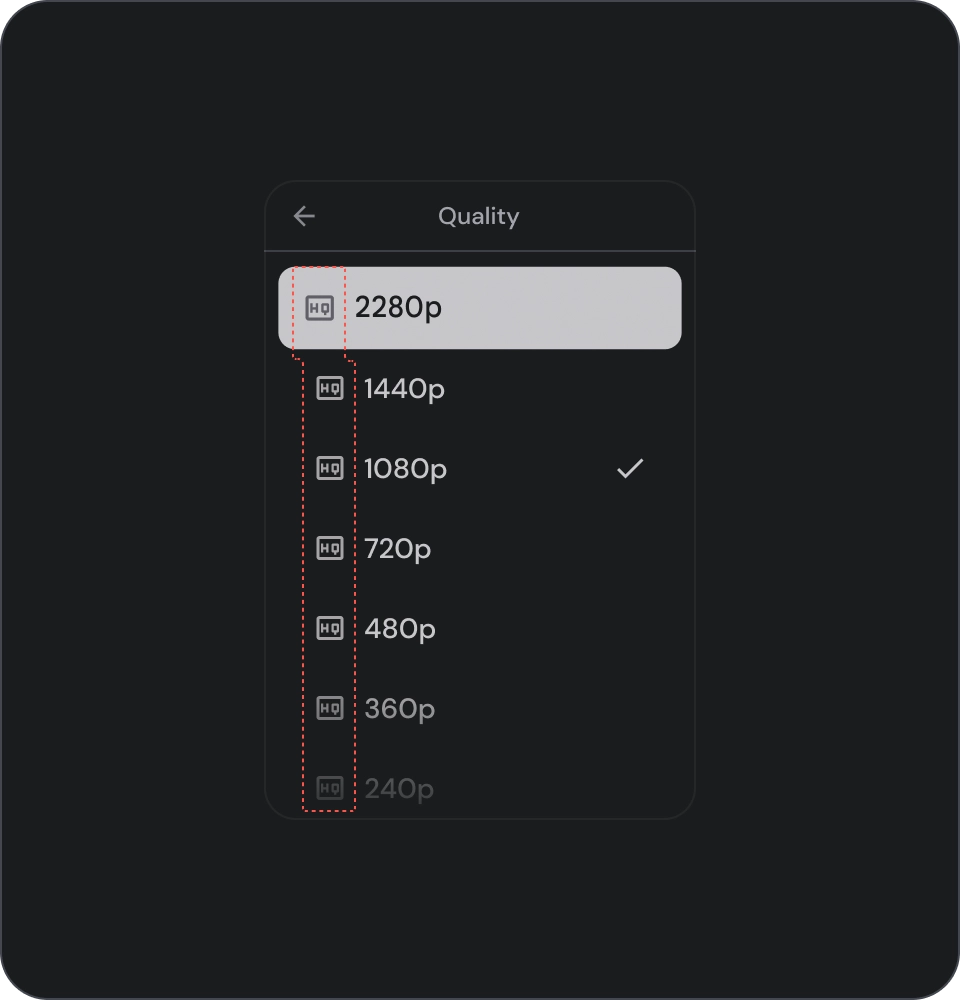
الإجراءات غير المُوصى بها
الصور الرمزية والصور
يمكن أن تتضمّن عناصر القائمة صورًا في إطار دائري لتمثيل شخص أو كيان.
![]()

